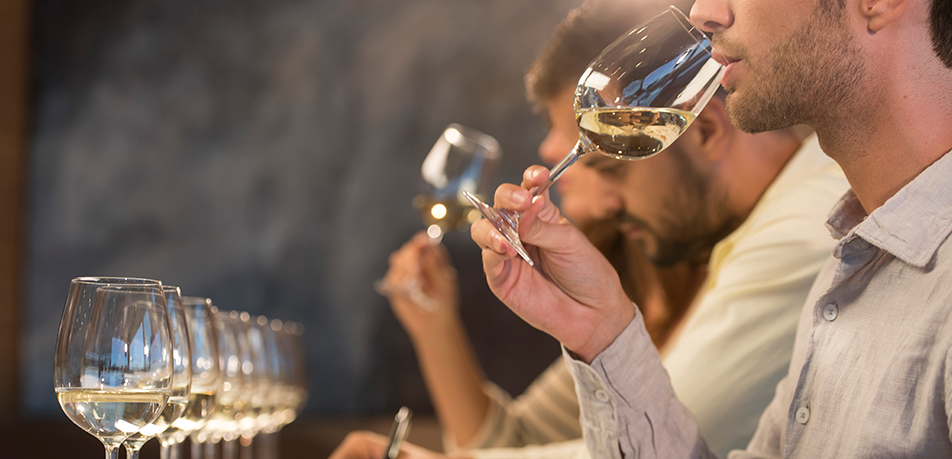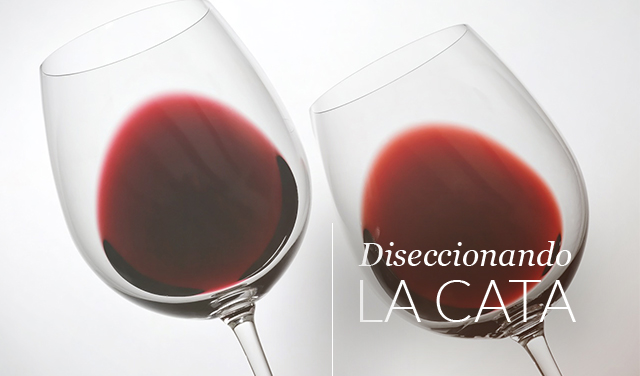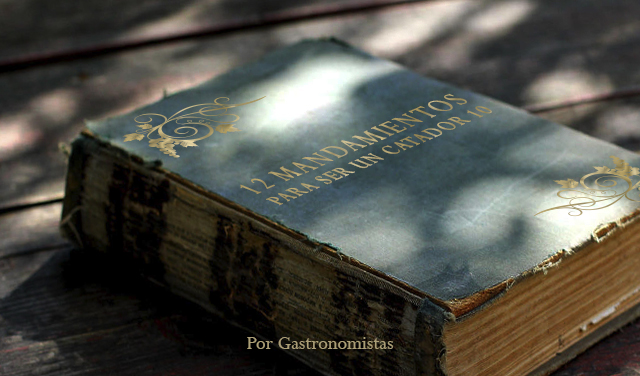WINE: SENSE(S) AND SENSIBILITY

Wine speaks to our senses in ways that go beyond dialogue to plant the seeds of a new experience. Behind every popped cork and every glass lie unrepeatable moments that are molded by our memory, distorted, if you will, by the sensations we experienced.
The factors involved in this process are diverse and complex, because this experience, which goes beyond mere pleasure and is unique to wine, stems from the sum of these tangible and intangible aspects and their interaction.
On the one hand, we have the wine itself, the unyielding truth of its varieties and how it is made. On the other hand, we have our interpretation, which derives from a new wine momentum driven by our senses.
APPEARANCE
Looking and seeing. We know that the color of the wine and its intensity provide us with clues about its age and condition. We might even go further and glean details about how it was made.
Observe the wine. Closely and intently or in a fleeting instant of complete absorption, hypnotized by the wine’s sparkle and highlights, by its depth and the subtle, almost imperceptible movement as it rests in the glass. And when you look up, you see your family and friends, the table set for a meal. That is when everything makes sense.
SOUND
We might not pay attention to sound, because it isn't a feature of a regular wine tasting. But wine does offer our ears something if we know how to listen and enjoy it.
Isn't the pop of the cork a sound? Or the glug-glug of wine pouring into a glass? Doesn't a collective toast resonate powerfully with us on an emotional level? These sounds are full of feeling, like laughter breaking a silence, or a kiss—they are our aural expressions of love.
AROMA AND TASTE
Almost impossible to separate, aroma and taste are the primary senses to “open the doors of perception” (William Blake). And the soul of wine, we might add.
Our nose and palate interact within tenths of a second to figure out the true expression of the wine, its sense of place, the ripeness of the grapes, the level of sweetness...
Here our interpretation is key: in this dialogue, our nose might tell us tales of fresh fruit, while volumes of acidity line the sides of our tongue. Alcohol and sugar reveal themselves—bold or timid—on the tip of the tongue, and mouthfilling wines envelop the entire palate in opulent fruit or complex, subtle aging aromas. Taken together, these elements shape a sensory discourse that influences our primitive and atavistic hedonism: We like it. We don't like it. Memorable. Insignificant.
TOUCH
It all starts with the tactile sensation of wine. In the glass and on the palate, the wine might display sublime acidity—light, airy, delicate and nervy—or come across as big, potent and muscular, full of swaggering youthful fruit that overwhelms us, irreverent yet desirable.
The touch and caress of the tannins range from mouth-drying and astringently green to charmingly sweet, whereas creamy textures and buttery pastry notes offer warm comfort.
Hands intertwined below the table, a caress, a kiss. Toying with the foil capsule or cork during long conversations after dinner. All of this is touch.
By interpreting a wine through our senses, we create a construct which transcends and evokes our vinicultural values, our olfactory memory, our childhood recollections, who we were then and who we are now. It is a sensorial and experiential filter of sorts that places a wine in our own private pantheon of memories or relegates it to oblivion. From taste to memory.



